In 2016, Yukimasa Ida won the “Judge Special Award” at the young artist’s CAF Award. The following year, he was the youngest artist to participate in the charity auction of the “Leonardo DiCaprio Foundation”. Since then Yukimasa Ida has become a prominent painter with collectors all over the world. In the last year, he was listed in Forbes’ “30 Under 30 Japan” and has held solo exhibitions in London and Tokyo.
Ida’s creative theme which collectors all over the world want to own is “Ichi-Go Ichi-e” (a once in a lifetime moment). I talked with him in his new studio while in quarantine and after his solo exhibition “King Of Limbs” at KaiKai Kiki Gallery last February.
Rom Levy: To begin, can you tell me a little about yourself and your background?
Yukimasa Ida: I’m a Japanese contemporary artist born in Tottori, Japan. My father was an artist as well and that lead me to step inside to the art field. For your ref: https://idastudio.co.jp/about/
During quarantine, what is your day-to-day working routine? What is a regular day within your studio like?
I feel heartbroken each time when I come across the news about coronavirus outbreak across the world. I cannot stop thinking of my friends in each countries and making me anxious as it’s difficult to meet them now in this situation. I’m wishing they’re all safe at their place. However, in terms of my day-to-day life, I am spending most of the year in my studio no matter what so there’s no significant change in my life even during quarantine. Being a night owl, my routine would be like this, wake up around 3 to 4pm, work, then go back home around 6 to 8am. I used to travel inside/outside Japan sometimes to gain some inputs for my works, but the situation doesn’t allow me to do the same at this point of time. It’s not a problem for me as I have enormous ideas in my mind which hasn’t transformed to an artwork yet, so now I’m focusing more on bringing those ideas on the canvas, one by one, following the routine I’ve mentioned earlier. I love the time being alone more than anything and that’s why I prefer to work during night when the studio is covered with silence.
I am aware you currently live in Tokyo, to what extent do you consider Tokyo as being an influential factor in the shaping of your work? Do you feel that your surroundings have influenced you in one way or another?
Recently, we shifted the studio to Saitama prefecture which is half an hour drive from Tokyo. I am not sure how Tokyo is influencing myself, but I can say that most of my friends working in creative field such as an artist, actor, or a singer resides in Tokyo, and the conversation with them stimulates/inspires me a lot. The places I usually visit when I want to get some inspiration are places where there’s great nature such as Kyoto or my hometown in Tottori (it’s in the country side). But I can feel some beauty and also the sense of living of the people through the savage night scenery of Tokyo, which makes me feel that I’m not alone. The glittering lights shining in the dark in Tokyo also reminds me that the world is moving on. I’m not sure how these are influencing me but I feel that they’re somewhat affecting my self-consciousness.
As a Tokyoite, how is your relation with the local Street Culture & Urban Art?
There are many great artists who does Street/Graffiti work, and I respect them. However, what they’re working on is little different from what I’m working on right now, so if I consider in terms of relationships, I don’t think we have something in common. I do have interest in their work and I often wonder if there’s any element that can be applied to my work.
After your recent show with Fabien Fryns in London, Do you find the reception to your work abroad to be as warm as it has been in Japan?
The number of exhibitions outside Japan has increased in the last few years. After all my works are art, so some people like them and some don’t and that’s natural. The audience gives me various feedbacks about my work, however, I feel that the overall receptions are favorable. As a matter of fact, we’ve sold out all the exhibited works in the last few years including the ones exhibited in the show collaborating with Fabien. In that sense, I’m blessed to have opportunities until now to gain a very good experience. Interacting with the art fans and the people overseas working in the field of art market who has deep understanding to art is also very exciting to me.
Could you tell me a bit more about your underlying concept of “Ichi-Go Ichi-e” and why does it matter to you?
To explain how ” Ichi-go Ichi-e” became my main concept, I need to start from the experience traveling to India when I was 21 or 22 year old. One of my professor invited me to join him traveling to various cities in India and there were many unforgettable experiences in each places. For example, when we reached Varanasi we met this girl with beautiful eyes looking at us who was actually a beggar. Another story is when we passed the slum in Mumbai, we met a girl scavenging in the dump without any clothes. Once she picked up one piece of meat from there, she smiled at us and ran away. These encounter with the girls living desperately under a tough environment hit my head. Luckily, I had a chance visiting India again and I couldn’t stop thinking of these girls, are they still alive somewhere in this country? Even though they may be alive there’s no guarantee that I can ever meet them again and this applies only to those girls in India but also to all the good people I’ve met in my life until now. Life itself is equal to “Ichi-go Ichi-e (once-in-a-lifetime meeting)”, which applies not only to the encounters thousands of miles away, but also to the people around me in the ordinary life, such as close friends who I meet occasionally, my family, or even the environment I exist at this moment. “Ichi-go Ichi-e” represents both the beauty and cruelness of flowing time which I felt keenly through my experiences.
We have four seasons in Japan. In spring the trees will decorate themselves with flowers blooming, and fresh green leaves will grow lively in summer. Those leaves will turn golden colour in autumn, then all the colours vanishes in winter. This universal cycle is the root of my concept Ichi-go Ichi-e, and I believe this is the universal truth in human being and the truth across this planet. Each moment that we experience is an irreplaceable one, something that cannot be experienced again, and these consecutive moments creates the world.
I am intrigued to know if there is a specific work within your oeuvre that is particularly important to you?
“Bob”(2016) and “Miniature Garden (Creative Allegory)”(2020) are important works to me. “Miniature Garden (Creative Allegory)” is a major/monumental work of mine with the size of ten meters wide. I finally completed this year and it was two and a half years work.
Have you ever played with the idea of a mural / public art ? I feel that your small portraits have the same spontaneity and improvisation than Street Art used to have.
I am a studio-artist so I’ve never played with the idea of mural/public art. If some of my works appear like that to you, maybe that’s because of the influence of Basquiat’s works as I like his works as a piece of artwork, not as graffiti work. His works are free, but what more amazed me was the beauty of the painting structure which is calculated enough to make me feel its beauty.
Also, my series of small portraits are like picture diaries to me and it’s a lifework. I make it a rule for me to paint one work per day when the date changes, between 11pm to 1am, that’s why I titled the series “End of today”.
I am interested in the ephemerality of paintings, do you view your own work as precious? If you are unhappy with a work, do you tend to destroy it or would you rather put it in storage for a while and alter them at a later date?
Of course, I love the works that I’ve created more than anyone in the world. I am the first one in this world to witness them which makes me excited and nervous at the same time. When the work is reaching my satisfaction, I’m flooded with euphoria and feel like I’m the happiest man on earth. However, my goal and purpose of painting is that my works exist in this world without my presence, hundreds or thousands of years later and influence someone whom I don’t know. In that sense, I sometimes feel the impermanence towards the timeline of art, as the length of time is long but it doesn’t mean it’s eternal. I think this is also once-in-a-lifetime meeting, “Ichi-go Ichi-e”.
With regards to the unsatisfactory works, most of them will be destroyed, but as long as he (I mean the work) speaks something to me, or if I can recognize something spoken from him, I will never give up the work, as a matter of fact, I sometimes apply an effect to the work after a while but this is extremely rare.
In relation to social media and more specifically Instagram, what are your thoughts on this as a platform to engage with new audiences? I see you’ve been frequently hosting Instagram live discussions with your audience.
A great platform to connect with many people
Your Favorite beer?
Asahi!

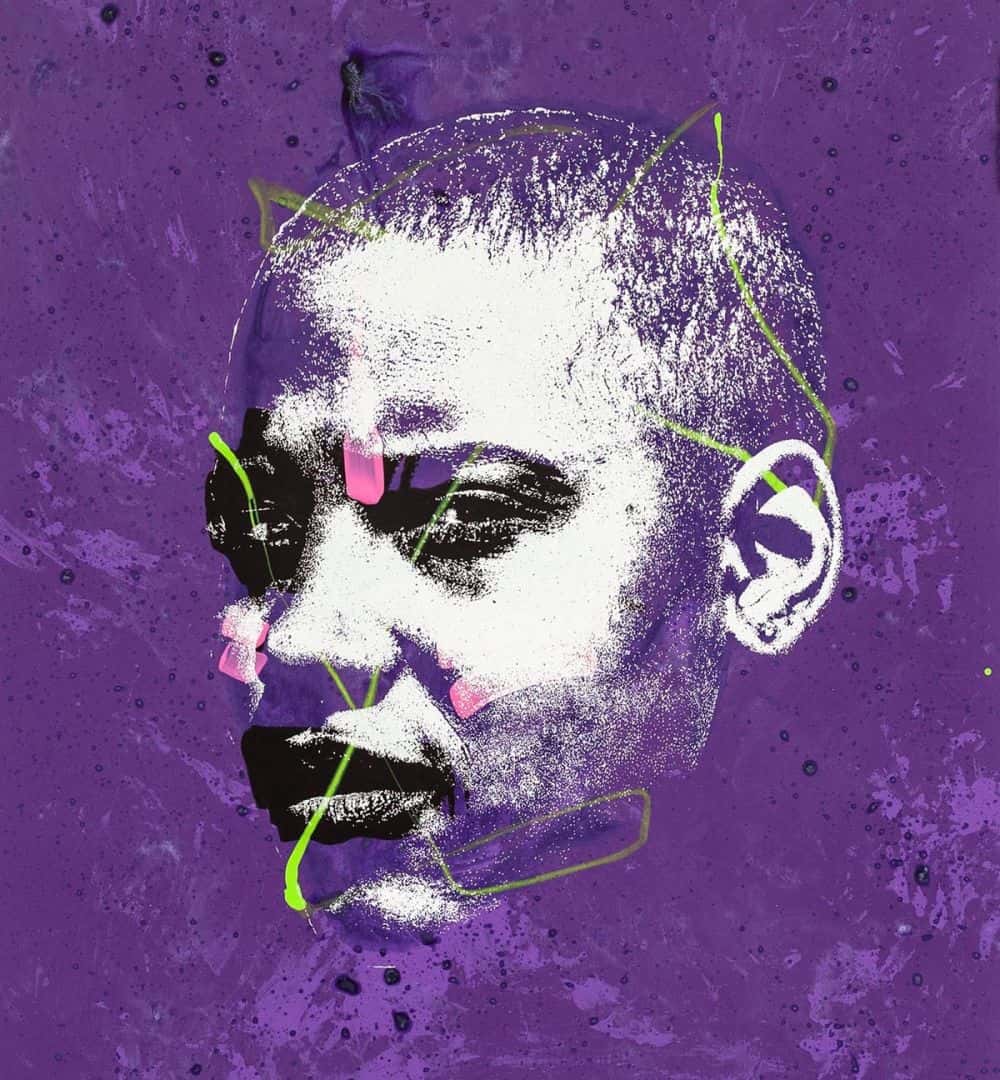
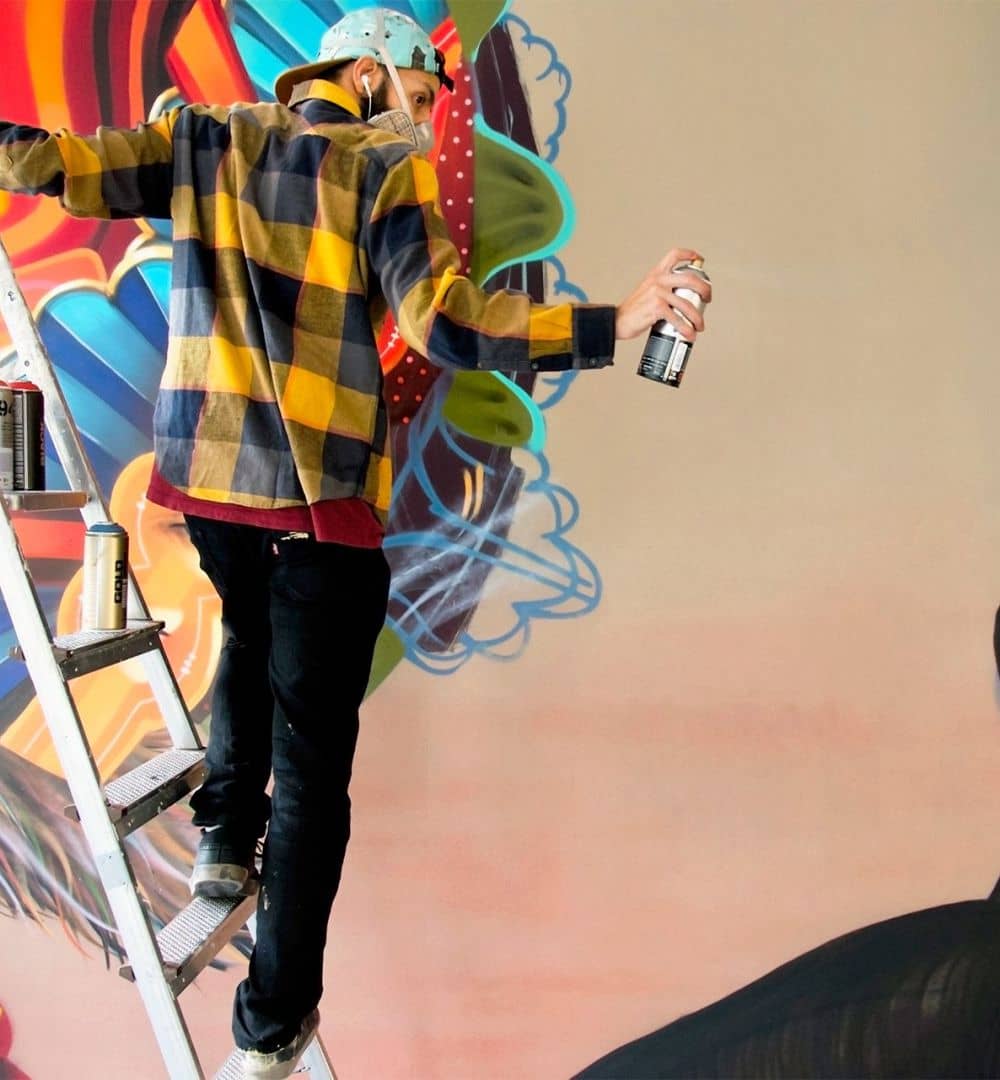
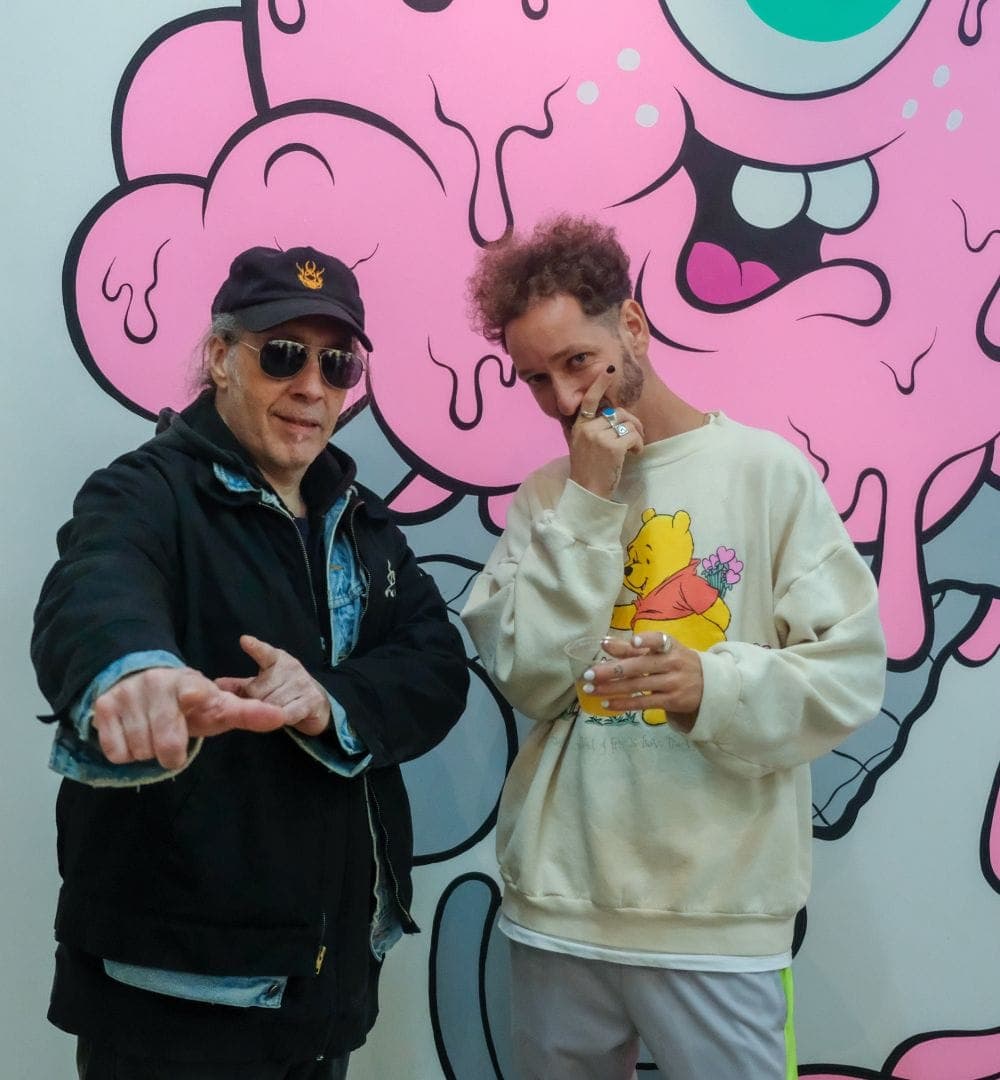
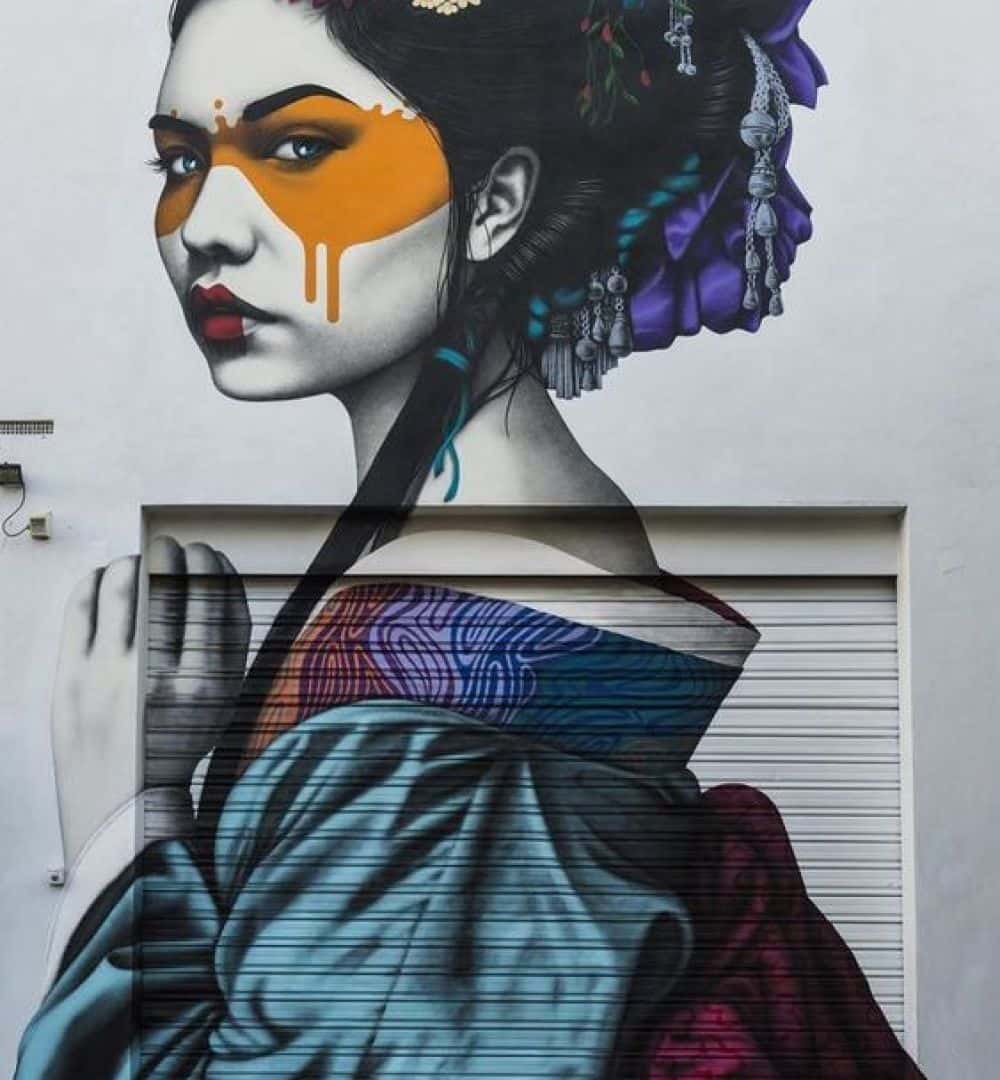

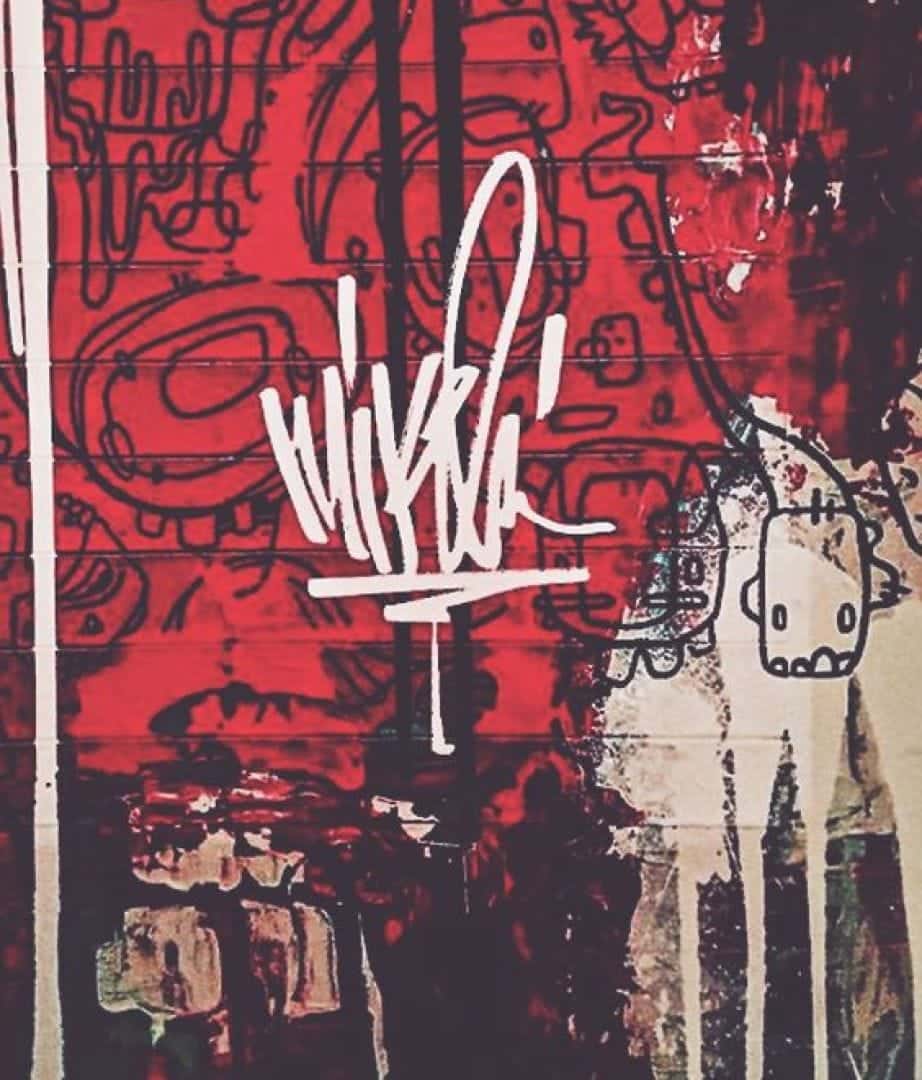
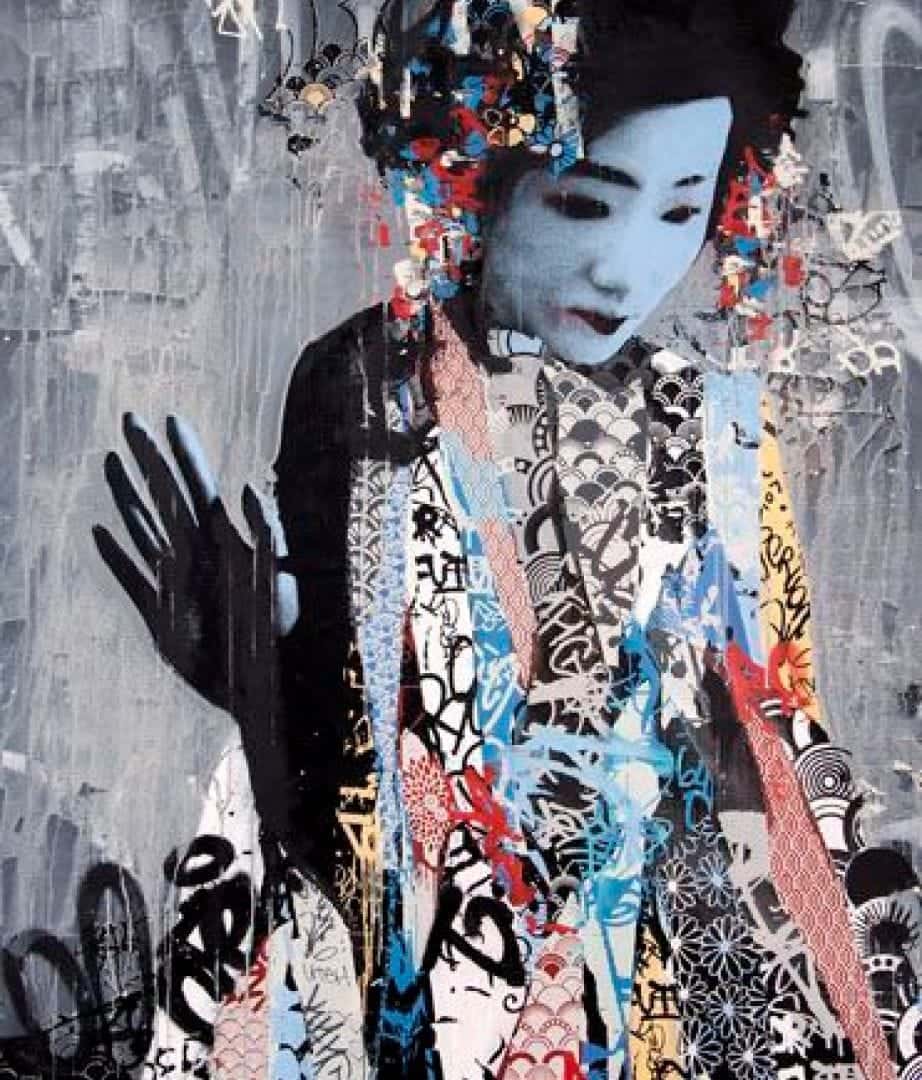
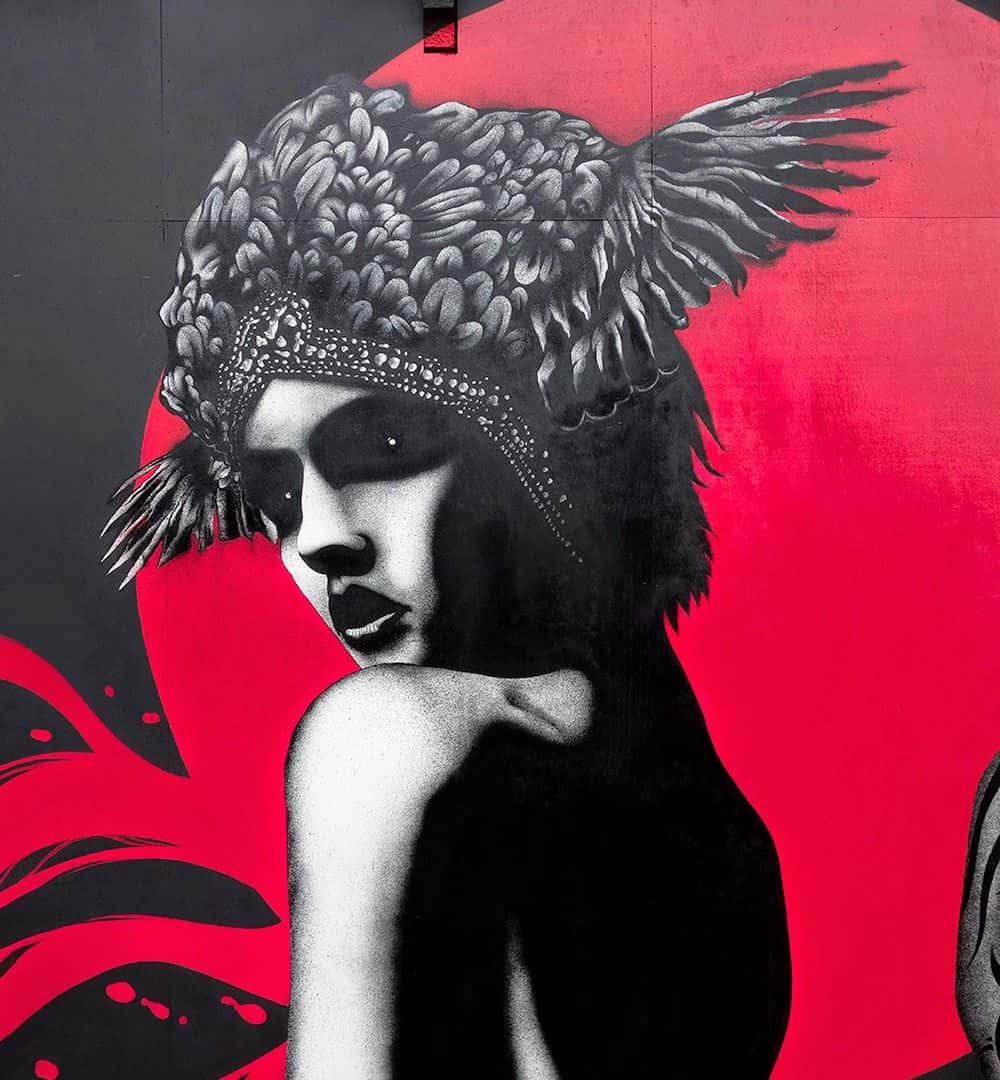
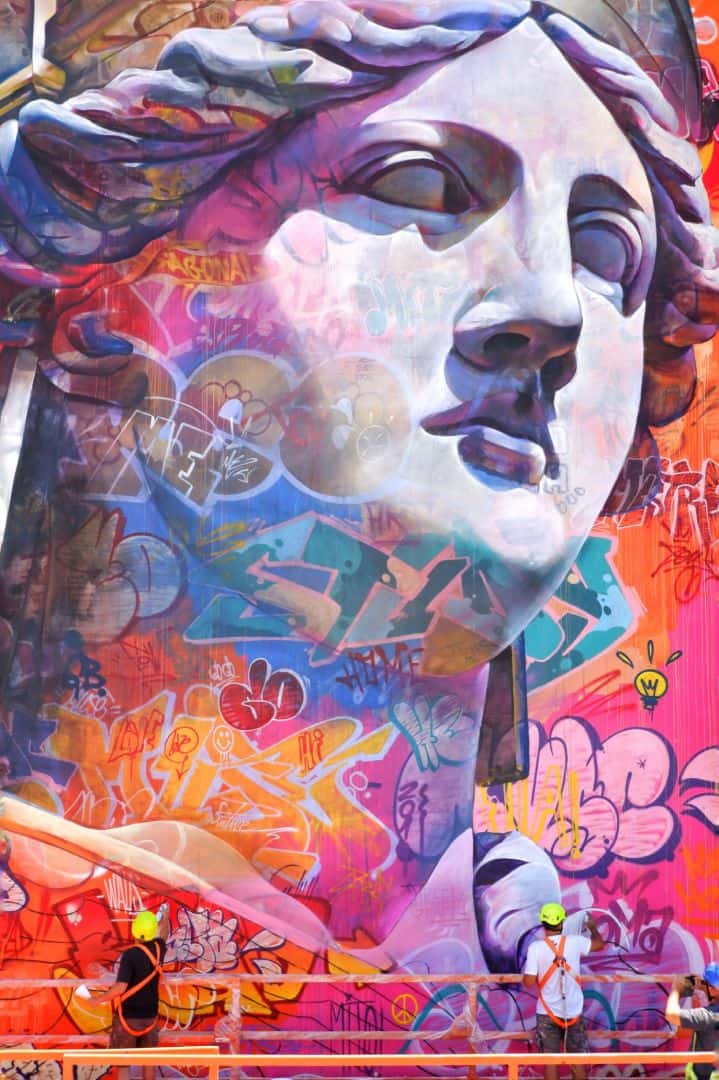


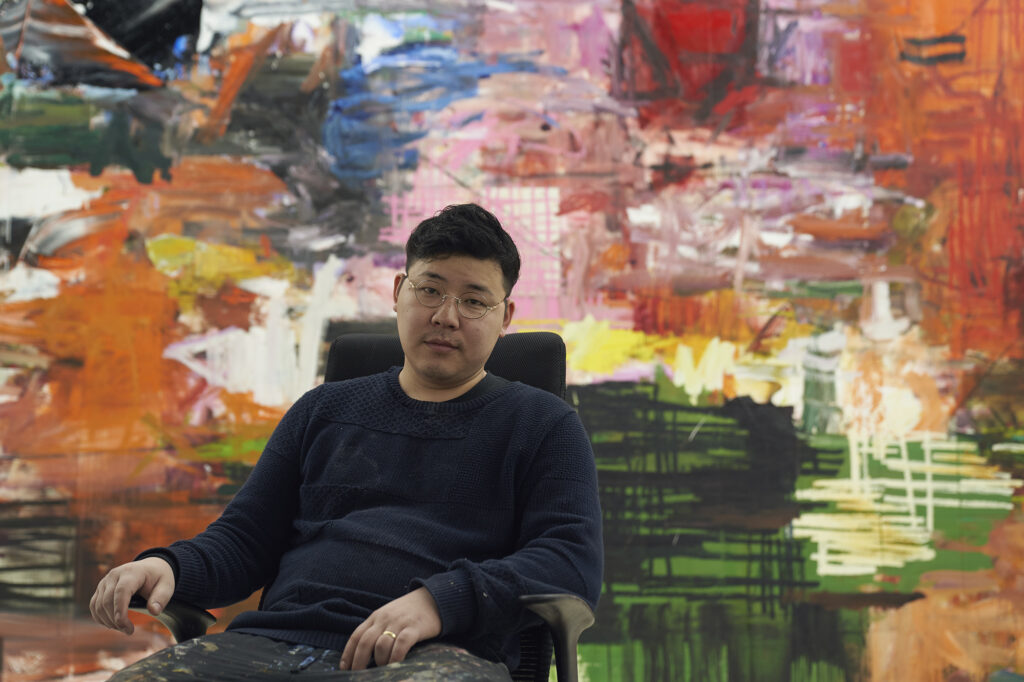
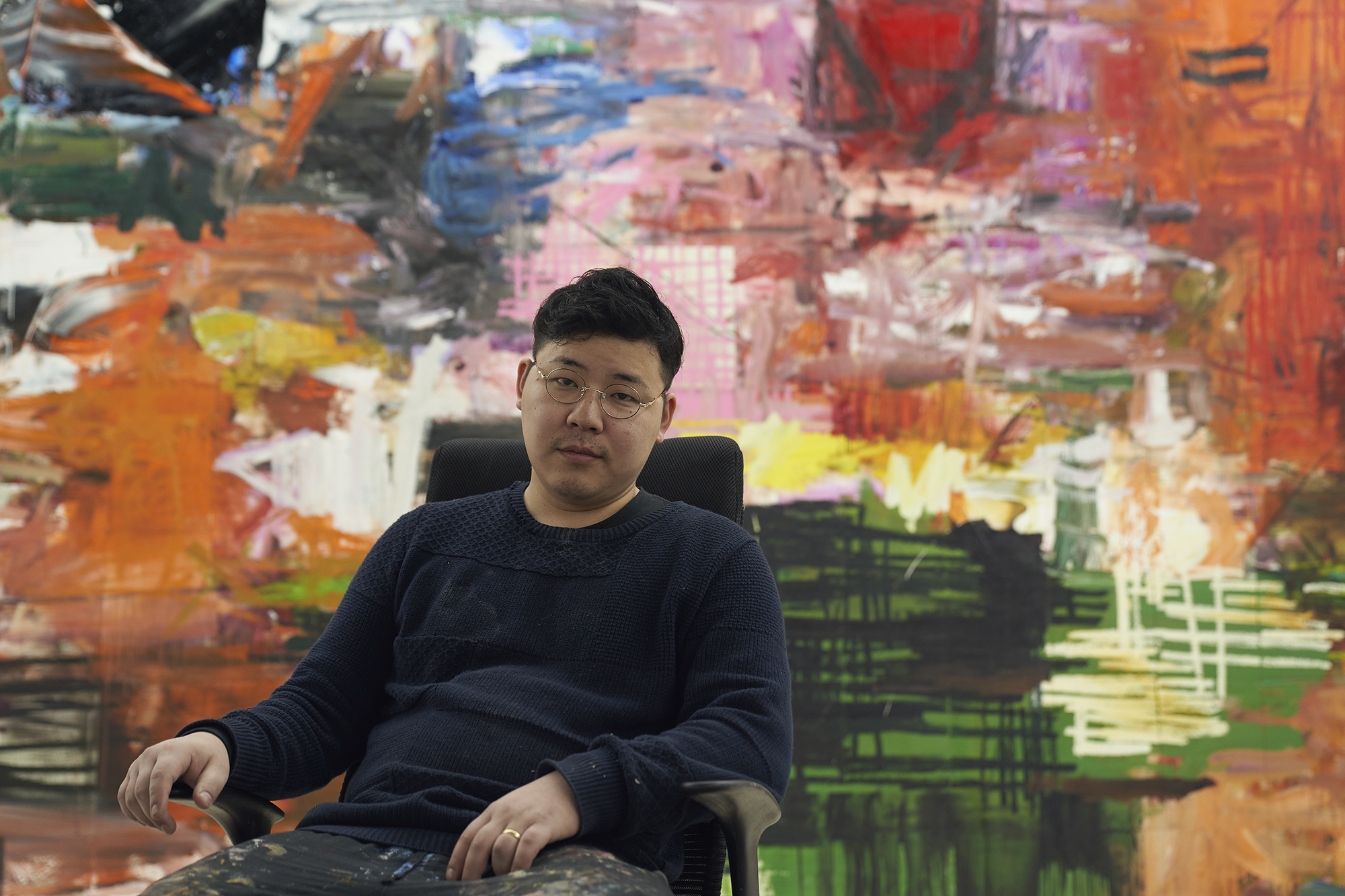
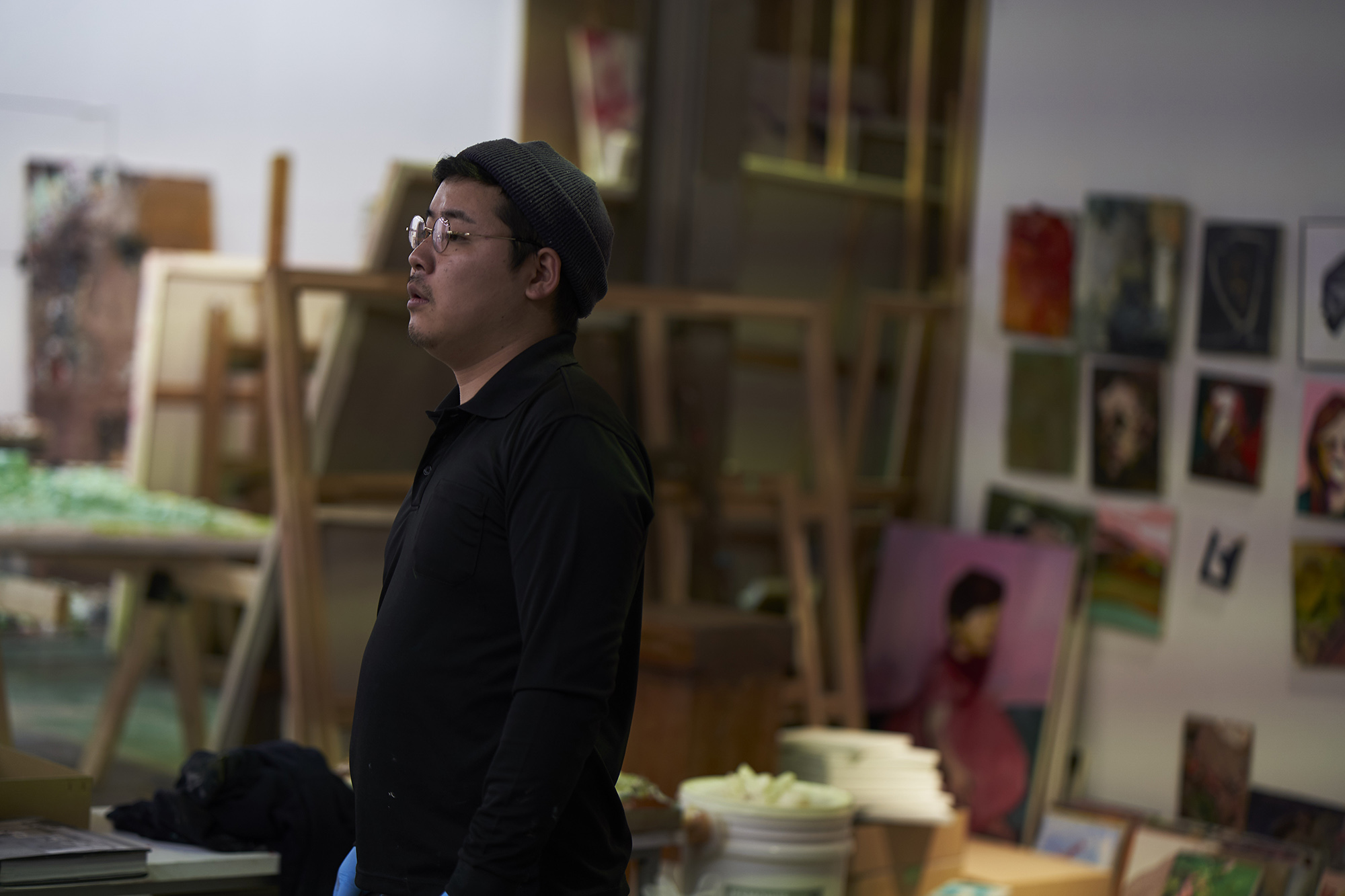
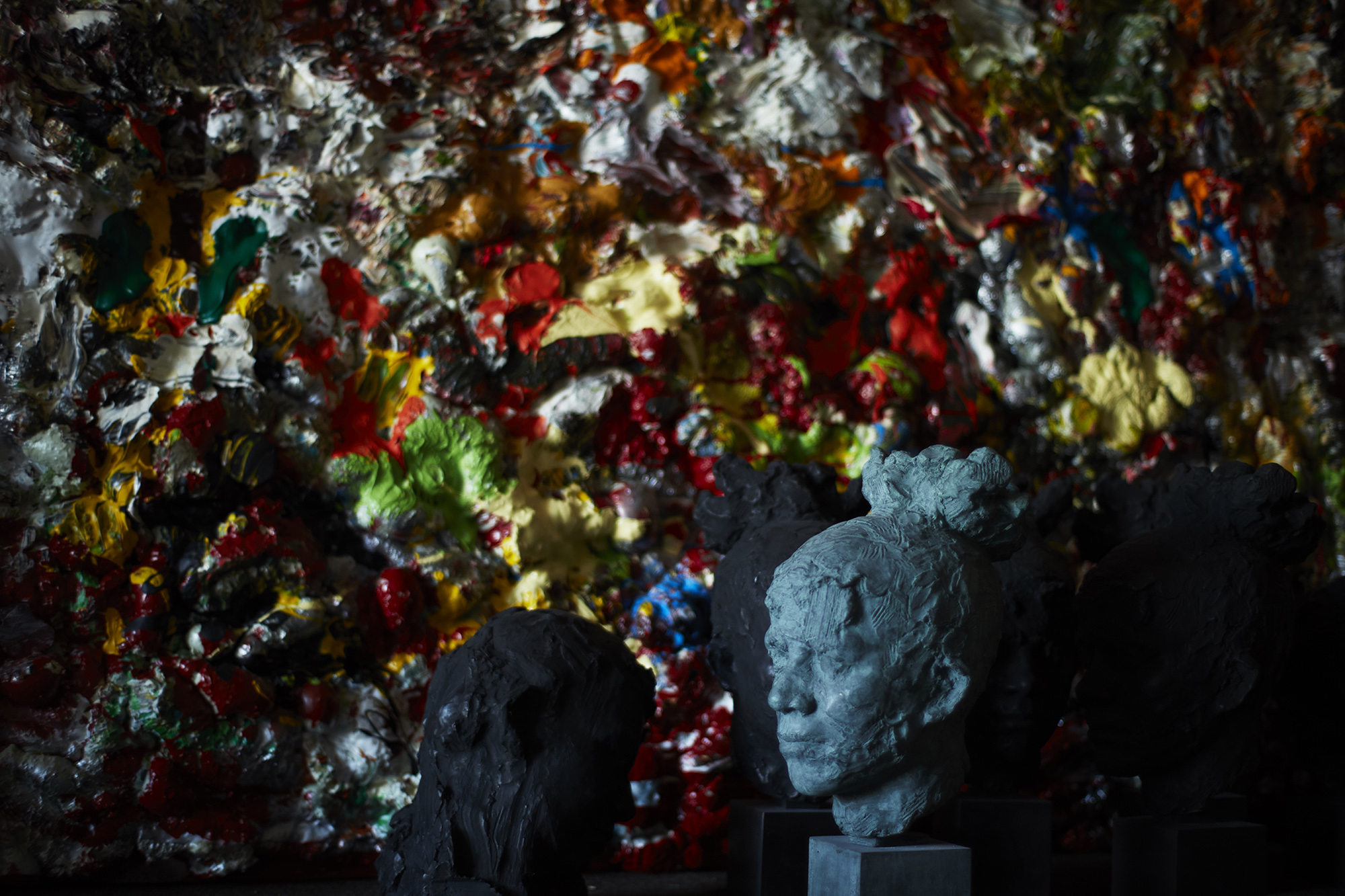

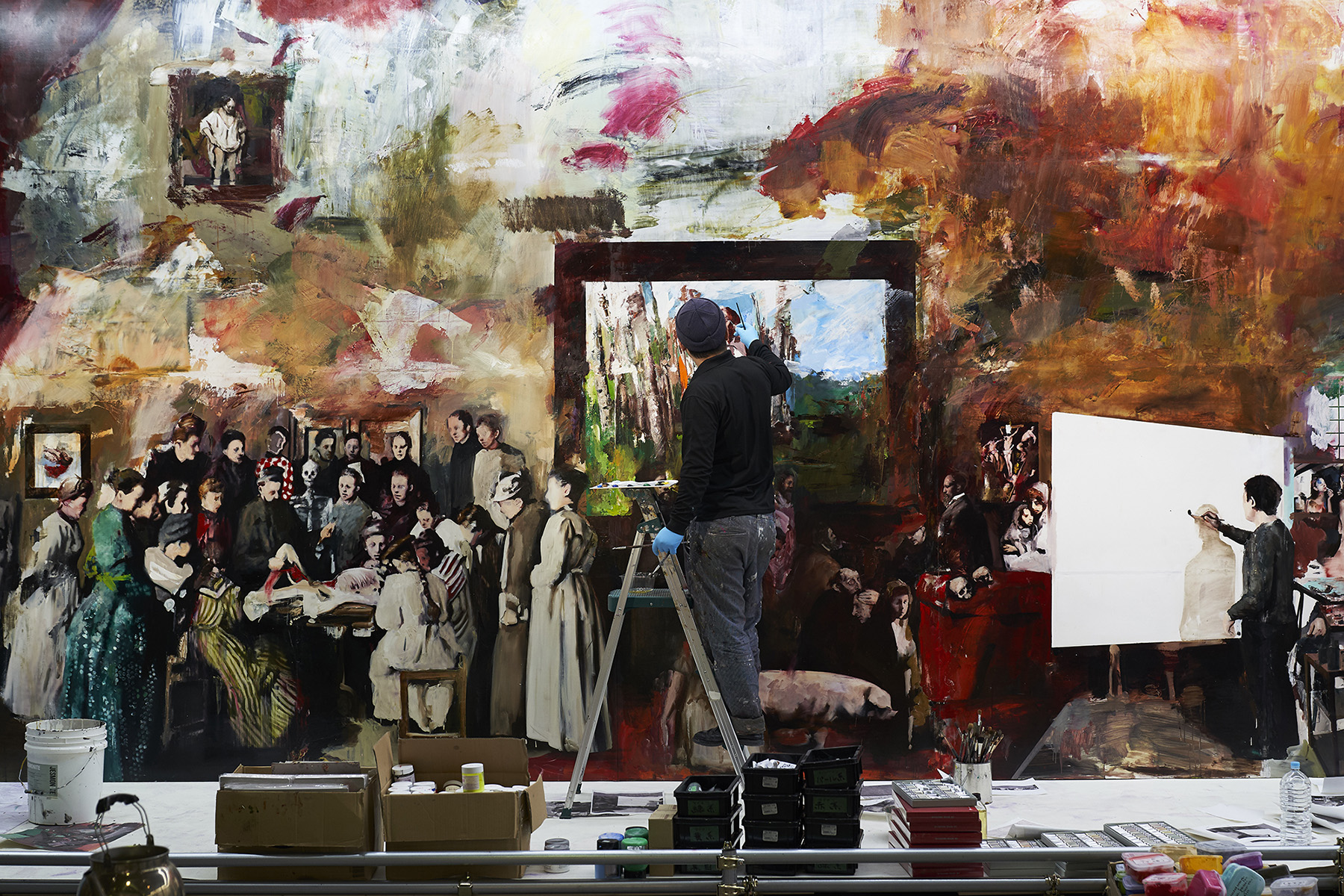
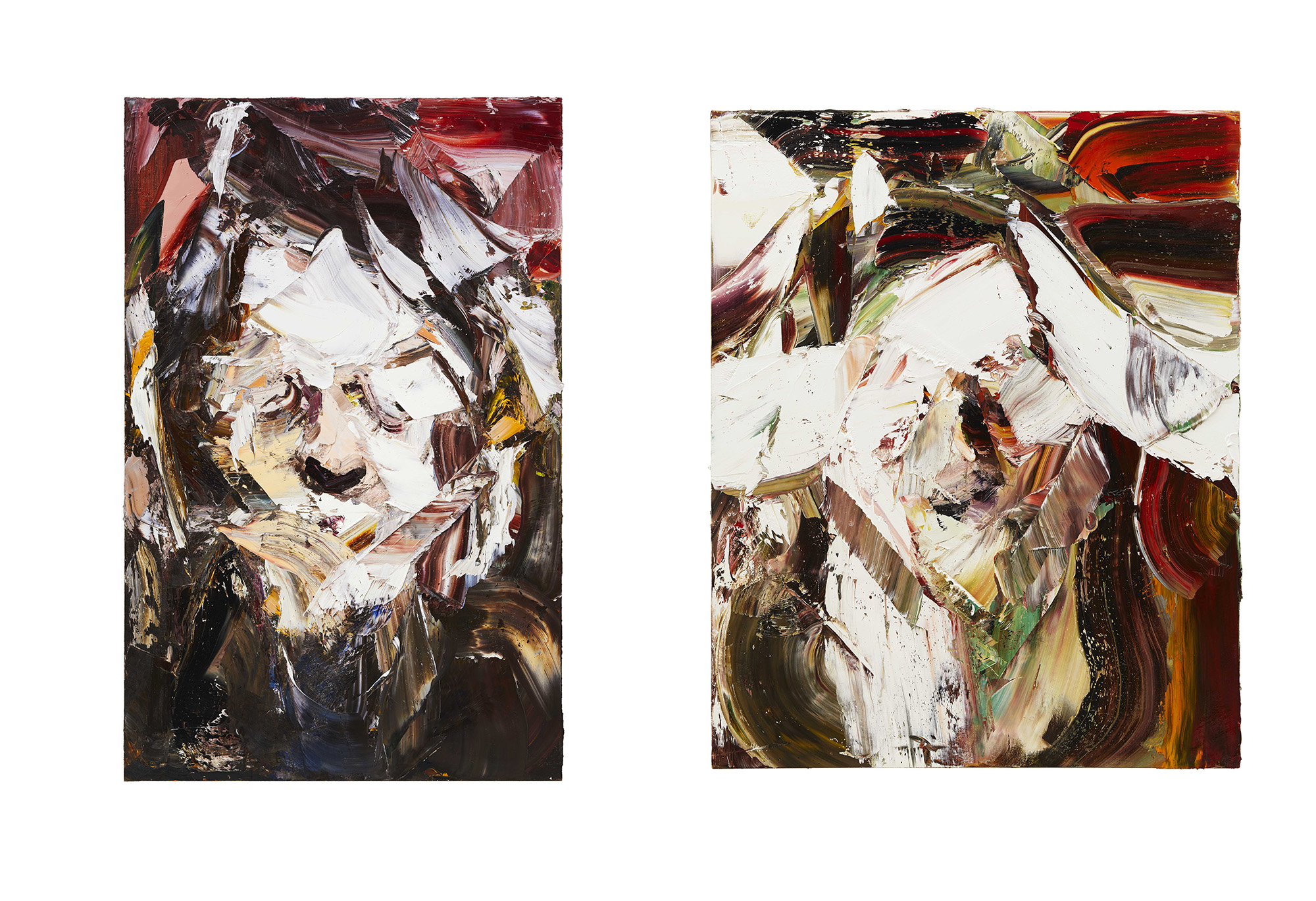

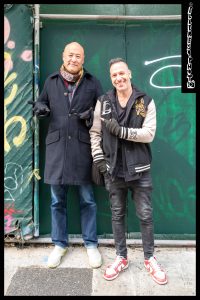
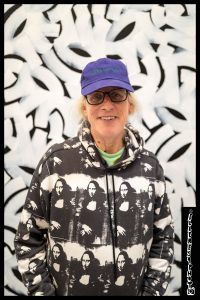

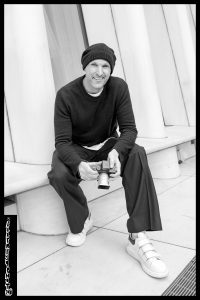

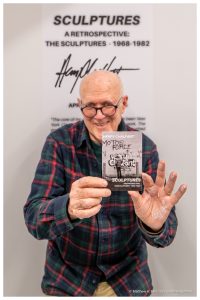
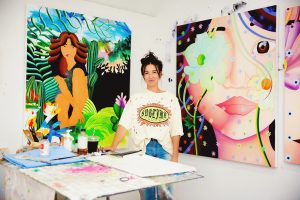
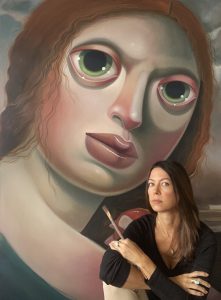
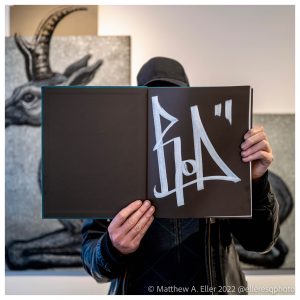
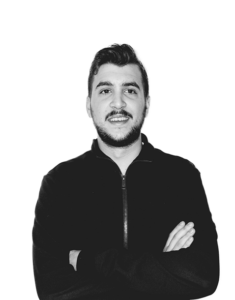
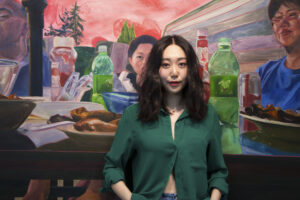
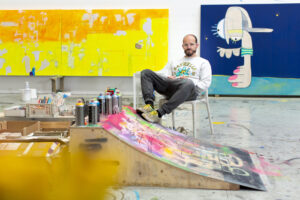
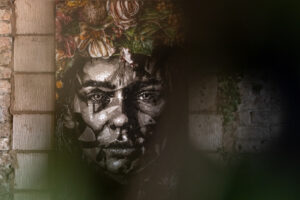

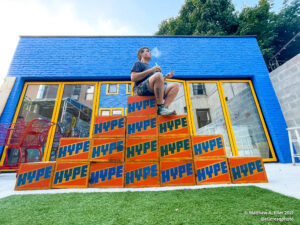
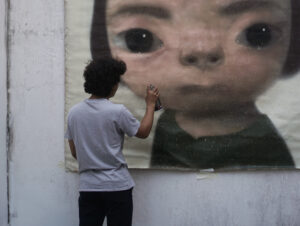
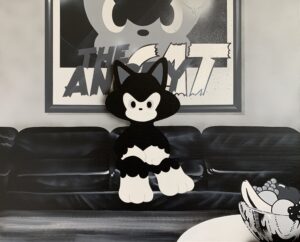

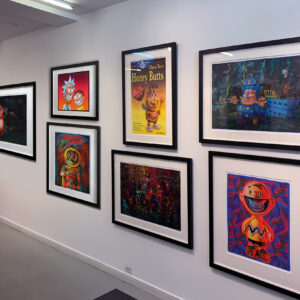
comment